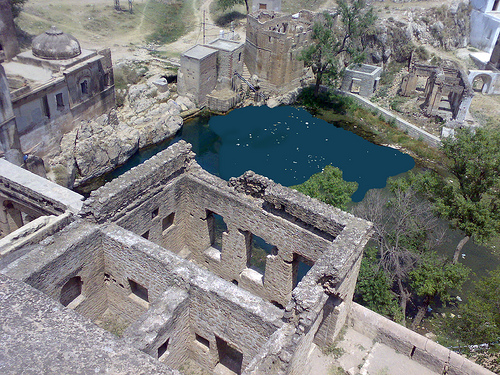
 |
|||||||||||||||||||||||||||||||||||||||||||||||||||||||||||||||||||||||||||||||||||||||||||||||||||||||||||||||||||||||||||||||||||||||||||||||||||||||||||||||||||||||||||||||||||||||||||||||||||||||||||||||||||||||||||||||||||||||||||||||||||||||||||||||||||||||||||||||||||||||||||||||||||||||||||||||||||||||||||||||||||||||||||||||||||||||||||||||||||||||||||||||||||||||||||||||||||||||||||||||||||||||||||||||||||||||||||||||||||||||||||||||||
|
|
|||||||||||||||||||||||||||||||||||||||||||||||||||||||||||||||||||||||||||||||||||||||||||||||||||||||||||||||||||||||||||||||||||||||||||||||||||||||||||||||||||||||||||||||||||||||||||||||||||||||||||||||||||||||||||||||||||||||||||||||||||||||||||||||||||||||||||||||||||||||||||||||||||||||||||||||||||||||||||||||||||||||||||||||||||||||||||||||||||||||||||||||||||||||||||||||||||||||||||||||||||||||||||||||||||||||||||||||||||||||||||||||||
HinduOfUniverse
Pakistan Temple Shri Varun Dev Mandir of Manora Island
The mandir is unfortunately in a bad condition of disrepair and salty-rusty sea breeze is eating away into the structure fast. When I visited the mandir on Jan 7, 2007, it appeared deserted. There were unfortunate signs of human vandalism also where it looked like people took away with them any item salvagable. The structure still appeared grand and from left over tile work and decorations it showed its glorious past. Our avid reader Khair Soomro saheb helped me in translating this tablet. It reads: “dedication from sons in the sacred memory of Seth Harchand Mal Dayal Das of Bhriya” or in other words: “An offering from sons in the loving memory of their father Seth Harchand Mal Dayal Das of Bhriya”. (Bhriya is a town near Khairpur Sindh.) I asked my good friend Sridhar to translate the devnagri script for us and here was his reply: “The top line has the character ‘Om’. It is just an auspicious syllable that is there in most prayers and is also present in most places of worship. The second line has the name of the temple (and presumably the chief deity worshipped there). It says ‘Shri Varun Dev Mandir’. The name also looks like ‘Shri Arun Dev Mandir’ (the ancient way of writing ‘A’ in Arun could well be imagined in that character, which is not that clear. But I think, on balance that it is Varun Dev and not Arun. According to Hindu mythology Varuna is the God of the oceans. There is no worship of Varuna that I have come across personally in India, though I would not be completely surprised at the existence of this temple in Karachi because of the enormous diversity in the Hinduism practiced in different parts of the subcontinent. Also, people who have livelihoods related to the ocean, for instance, fishermen, might worship Varuna. If this temple is on the beach in Karachi this could well be an explanation - it might have been built by fishermen who worshipped Varuna.” I have a sincere hope that Government of Pakistan takes care of these places of worship. If nothing else then atleast the structure should be saved from the people who take away tiles and anything salvagable for petty profits. Many people visit the mandir as it is the largest and most prominent attraction at Manora beach. A little bit of official or non-official help will go a long way in preserving our heritage. Shri Varun Dev mandir located at the Manora beach. (Above photo is the view of the mandir facing Arabian Sea.) The mandir is unfortunately in a bad condition of disrepair and salty-rusty sea breeze is eating away into the structure fast. When I visited the mandir on Jan 7, 2007, it appeared deserted. There were unfortunate signs of human vandalism also where it looked like people took away with them any item salvagable. The structure still appeared grand and from left over tile work and decorations it showed its glorious past. (2) Here is a memorial tablet in Sindhi on one of the mandir gates. Our avid reader Khair Soomro saheb helped me in translating this tablet. It reads:
or in other words: “An offering from sons in the loving memory of their father Seth Harchand Mal Dayal Das of Bhriya”. (Bhriya is a town near Khairpur Sindh.) (3) View of the mandir from West side (4) This tablet tells us about the sponsors of colorful tile work in two languages. Top script is Sindhi.
(5) The tile work of mandir floor
(6) Following is the tile work on mandir’s exterior wall
(7) Looking at the mandir from east
(8) The outer gate of the mandir
I asked my good friend Sridhar to translate the devnagri script for us and here was his reply:
(9) View from the outer most gate of the mandir compound
I have a sincere hope that Government of Pakistan takes care of these places of worship. If nothing else then atleast the structure should be saved from the people who take away tiles and anything salvagable for petty profits. Many people visit the mandir as it is the largest and most prominent attraction at Manora beach. A little bit of official or non-official help will go a long way in preserving our heritage.
Swami Naraian Temple M.A. Jinnah Road
Hindu Temple fairly close from the
Karachi City Municipal office building Security and a Large gate. Guards there to ask name, religion etc.
Very beautiful old temple
Past that dargah on the main road
just off sand and dirt area after the ocean, I saw a large open
area, fenced off area.
A old lady at the temple was telling me that this is a very "PRACHEEN" old temple. At times also submerged in ocean water for brief time during major sea storms. This temple was shut down for many years after partition. And it did not got destroyed
There was arti in the evening. One day in the summer of 2005 we decided to take a trip from
Karachi to Hinglaj, Balochistan.
Katas Raj Temple PakistanKatasraj temple is a Hindu temple situated in the Chakwal district of Punjab in Pakistan. Dedicated to Shiva, the temple has existed since the days of Mah?bh?rata and the Pandava brothers spent a substantial part of their exile at the site. The Pakistan Government is considering nominating the temple complex for World Heritage Site status. It also proposes to spend about Rs 20 million in three phases for the restoration of the complex. Most of the temples, located some 40 km from the modern city of Chakwal in the Potohar region of northern Punjab in Pakistan, were built during the reign of Hindu kings. These several temples were built around 900 years ago or more, although the earliest of the Katasraj temples dates back to the latter half of the 6th century A.D. Scholars believe that most of the temples were actually constructed when the Shahi kingdom, driven from Afghanistan when their ethnic cousin Mahmud of Ghanavi came to power, fled to the region and set up base there. The temple was abandoned by local Hindus when they migrated to East Punjab in 1947. It has always been the site of holy pilgrimage for people of various faiths. Even nowadays, worshippers from all faiths perform pilgrimages to the temple every year and bathe in the sacred pool around which Katasraj is built. The Katas site houses the Satgraha, a group of seven ancient temples, remains of a Buddhist stupa, a few medieval temples, havelis and some recently constructed temples, scattered around a pond considered holy by Hindus. The temples at Katas are mostly constructed on square platforms. The elevation of the sub shrines seems to form a series of cornices with small rows of pillars, crowned by a ribbed dome. The Ramachandra temple is situated to the east of the Hari Singh Haveli and is closed from all sides except for an entrance on the east. The double-storied structure has eight rooms of various dimensions on the ground floor and a staircase at the south leading to the first floor. The temple has two jharokas (balconies) that have been severely damaged. The Hanuman temple is on the western extreme of a high rectangular enclosure with entrances on the south and the north. The temple’s ceiling is undecorated, and lime-plastered. The Shiva temple is also built on a square platform. Its entrance is a recessed round arch with faint cusps and a rectangular opening to the north. Katasraj temple complex is believed to date back to the Mahabharata era. There are stories about the Pandavas spending time there during their long exile. The lake in the complex is believed to have magical powers and supposed to be where Yudhisthira defeated the Yaksha with his wisdom to bring his brothers back to life.
The mention of Katas Raj, located in the salt range 18 miles south of Chakwal, is found in Maha Bharat written in 300 BC. The etymology of this place as narrated in the old edition of Tarikh-i-Jhelum (History of Jhelum) is that according to Brahaman belief, Shiv Devta wept so profusely on the death of his beloved wife Satti that two holy ponds - one at Pushkar of Ajmair and other at Katak Shell - came into being with his tears. In Sanskrit, the word - Katak Shell - means chain of tears which later on was pronounced as ‘Katas’. Leader of Opposition in Lok Sabha and President Bharatiya Janata Party (BJP)
L.K Advani
According to Gen Cunningham, Katas was considered the second largest holy place in Punjab for Hindu pilgrims after Jawala Mukhi. It is said famous Pando brothers spent 12 years in Katas and built the temples of Satghara. It is said Al-Beruni also spent some time at Katas to learn Sanskrit in a linguistic university which, at that time, was established here. Temples at Katas have been transferred from the federal government to the Punjab Archaeology Department recently.
Katas Raj is also the place where Alberuni attempted to measure the circumference of the Earth, studied Sanskrit and wrote his renowned Kitab-ul-Hind (Book of Hind) which depicted the religion, scientific knowledge, and social customs of Hindus. Paras Nath Jogi drew his last breath on Katas. Jagat Guru Nanak Ji also visited the place on the 1st of Visakh. Katas came to be known as Nanaknawas and was a site of contemplation for many large groups of mystics, ascetics and jogis. According to Hindu beliefs, taking bath in the holy pond at the site washes away all sins and makes man innocent.
Katas Raj Temples, Chakwal, Pakistan
Katasraj temple is a Hindu temple situated in Chakwal district of Punjab in Pakistan. Dedicated to Lord Shiva, the temple has existed since the days of Mahabharata and the Pandava brothers spent a substantial part of their exile at the site. Pakistan Government is considering nominating the temple complex for World Heritage Site status. It also proposes to spend about Rs 20 million in three phases for the restoration of the complex.
_________________________________________________________________________________ Temples in Pakistan There are the following Temples of Hindus in Karachi for Performing their Worship (Puja) and Places for Celebration of their Religious Festivals. Ratneshwar Mahadev Temple At Clifton Karachi. Laxmi Narain Temple At Native Jetty Bridge, Queens Road
Karachi. Swami Narayan Temple Opposite Kmc M.A Jinnah Road Karachi.
Guru Nanak Darbar Aram Bagh Karachi. Panch Mukhi Hanuman Temple Soldier Bazzar Karachi.
Seetla Mandir Bhimpura Karachi. Devi Mata Temple Near Ashi Qaber Mithader Karachi.
Varun God (Radha Krishna – Sita Ram) Temple At Manora Cantt
The Council plans to spend about Ten million rupees for uplift & to bring this ancient temple to its original condition. Satsung will be held on every Saturday & Parsad & Bhandara would also be managed every week free of cost. Lot of devotes visit this picnic place & enjoy the waves of sea direcltly hitting the temple. There is beautiful scene early in the morning at sun rise. The atmosphere is marvelous & one feel great pleasure & peace of mind along with glimpses of the temple & Darshan of Lord Shri Ram & Lord Shri Krishna. Hanuman Mandir Frere road sadder Karachi. The Festivals of Shri Hanuman & Lord Shri Rama are celebrated every year. Regular weekly Satsang is held on Tuesday & Saturday. Hanuman Seva Mandal is also actively participating in all the functions & programmes & up keep the Temple properly. Shiv Mandir Karachi Islamia College Karachi. Hindu Cremation Ground Karachi
Hindu Population in Pakistan Persons - Total Population 2443614
Festivals Hinduism has many festivals throughout the year. The Hindu calendar usually prescribe their dates. The festivals typically celebrate events from Hindu mythology, often coinciding with seasonal changes being a predominantly agrarian society. There are festivals which are primarily celebrated by specific sects or in certain regions of the Indian subcontinent. Some widely observed Hindu festivals are,
Religion-Hinduism Hinduism (known as Hindū Dharma in modern Indian languages) is a religion that originated in the Indian subcontinent. In contemporary usage Hinduism is also referred to as Sanātana Dharma, a Sanskrit phrase meaning "eternal law". With its origins in the Vedic civilization it has no known founder, being itself a conglomerate of diverse beliefs and traditions. It is the world's oldest existent religion, and has approximately a billion adherents, of whom about 905 million live in India and Nepal. countries with large Hindu populations include Bangladesh, Sri Lanka, Pakistan, Indonesia, Malaysia, Mauritius, Fiji, Suriname, Guyana and Trinidad and Tobago. Hinduism contains a vast body of scriptures. Divided as revealed and remembered and developed over millennia, these scriptures expound on theology, philosophy and mythology, providing spiritual insights and guidance on the practice of dharma (religious living). Among such texts, the Vedas and the Upanishads are the foremost in authority, importance and antiquity. Other major scriptures include the Tantras, the sectarian Agamas, the Purāṇas and the epics Mahābhārata and Rāmāyaṇa. The Bhagavad Gītā, a treatise excerpted from the Mahābhārata, is sometimes called a summary of the spiritual teachings of the Vedas. Hinduism originates from ancient Vedic traditions and other indigenous beliefs, incorporated over time. Due to its diversity Hinduism can only be defined in terms of peoples and places. It is possible to find Hindu groups whose beliefs have very little in common and nearly impossible to identify any universal belief. Prominent themes include Dharma (ethics/duties), Samsāra (The continuing cycle of birth, life, death and rebirth), Karma (action and subsequent reaction), Moksha (liberation from samsara), and the various yogas (paths or practices). Buddhism, Jainism and Sikhism share traits with Hinduism, because these religions originated in India, focus on self-improvement and aim to attain personal first hand, spiritual experiences. They along with Hinduism are collectively known as Dharmic religions History of Hinduism Hinduism is the oldest religion in the world. The worldwide religious tradition is based on the Vedas, beliefs, and customs of various groups in India. Hinduism's origins include cultural elements of the Indus Valley Civilization(c. 3300–1700 BC), the Vedic religion of the Indo-Aryans, and other Indian civilizations. Being highly localized within India, Hinduism has seen many changes throughout the history of the Indian subcontinent. Over time, Hindu philosophy evolved into six schools: Samkhya, Yoga, Nyaya, Vaisheshika, Purva Mimamsa and Vedanta. The history/timeline of Hinduism would be a very interesting topic. As one researches more and more, more and more things keep coming. Yes, there are many sources that indicate many of the historic milestones seen by Hinduism, but is there a recorded history available ? As we see Hinduism is knowledge and experience supported religion, the ancestors have well thought of the need to record some of the important moments in the history. This history is given to us in the form of purANas and itihAsas. The word purANa means old and itihAsa means history. They refer to events that are very many thousands years old. The history told in these purANas and itihAsas has the information as to who were the key people lived in various points of time - especially the sages and the kings and remarkable achievements by them if any. These texts apart from providing the mere information also serve as the source that inspires people about the heroes of the past. They narrate the good and evil of the past so that people could take forward the contours of positive growth and keep away from the errors. The purANas are eighteen in count. There are also an equal number of sub purANas. (upa-purANas). They talk of the happenings of very ancient time. These typically in terms of many yugas (multi thousands years), chaturyugas (four such yugas is one chaturyuga), manvantara and kalpa. It would be quite involved task and at times impossible to assign a fixed date for these happenings. purANas came through various sources and were compiled by sage vedavyAsa. The importance that is given to the history and these purANas in Hinduism is obvious by the fact that some part of the purANas is read out as part of the daily worship in the temples along with the vedas. The knowledge of this ancient past was spread mainly through the word of mouth through the channels called paurANikas. So apart from the original theme, many later day insertions also could be found in them. _________________________________________________________________________________
List of Hindu Temples in Pakistan
Hinduism Hanuman Temple Pakistan Karachi Garden 1500 Year Old
Pakistan Nagar Tour Images ( Nagar Templates )
|
|||||||||||||||||||||||||||||||||||||||||||||||||||||||||||||||||||||||||||||||||||||||||||||||||||||||||||||||||||||||||||||||||||||||||||||||||||||||||||||||||||||||||||||||||||||||||||||||||||||||||||||||||||||||||||||||||||||||||||||||||||||||||||||||||||||||||||||||||||||||||||||||||||||||||||||||||||||||||||||||||||||||||||||||||||||||||||||||||||||||||||||||||||||||||||||||||||||||||||||||||||||||||||||||||||||||||||||||||||||||||||||||||
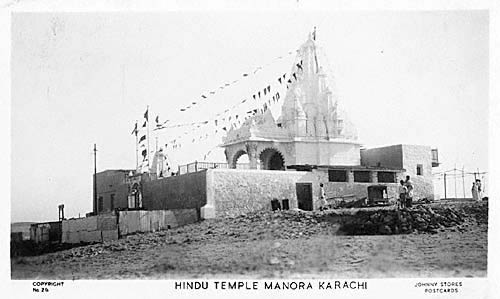
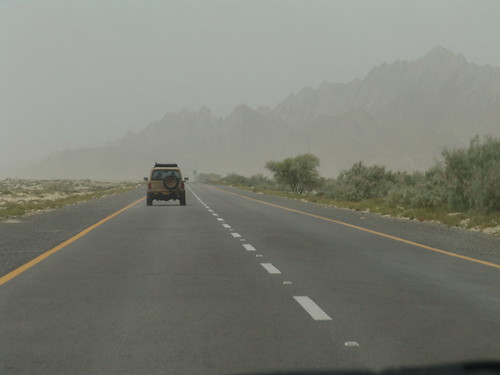
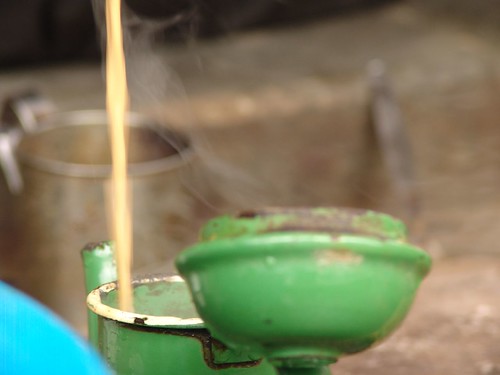
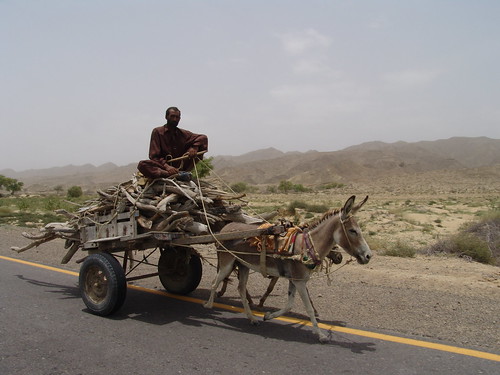
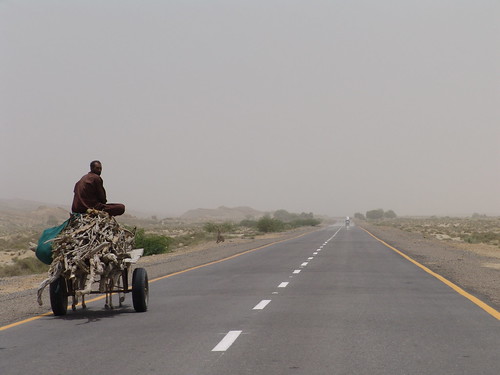
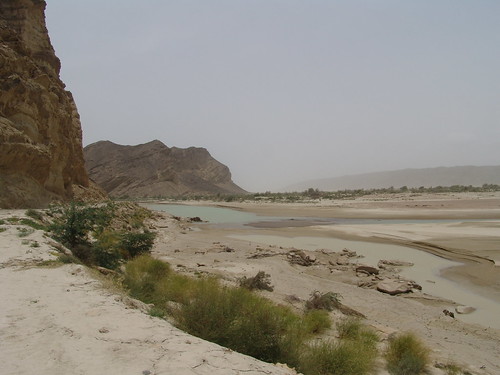
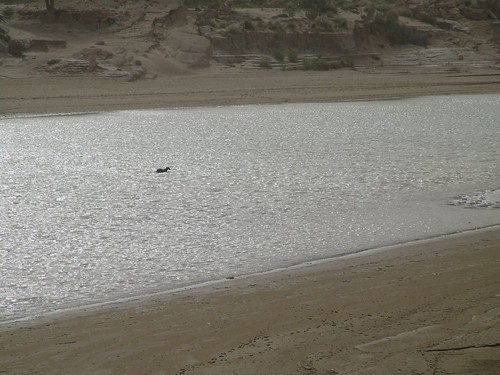
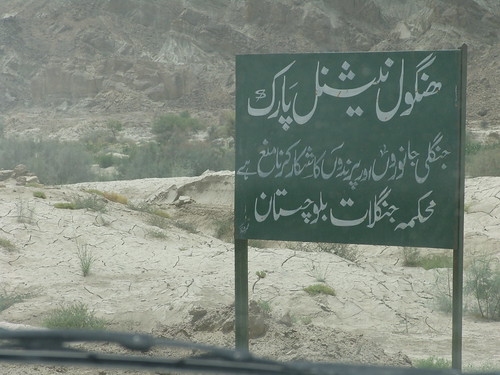
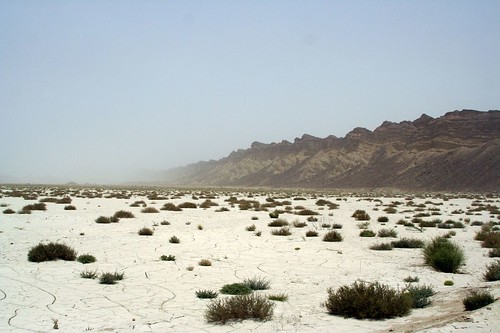
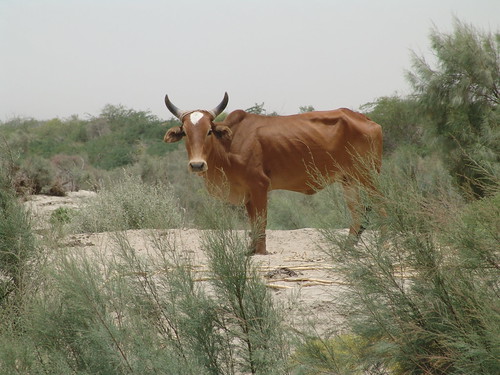
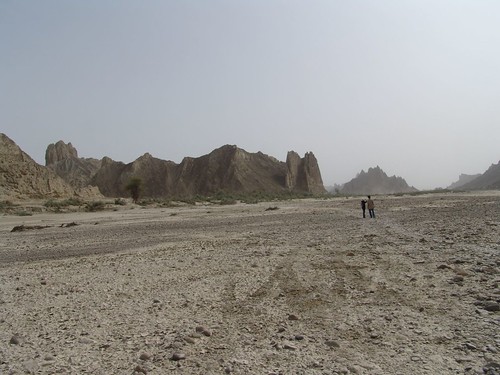
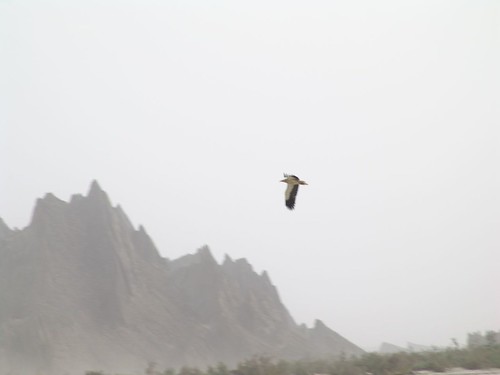
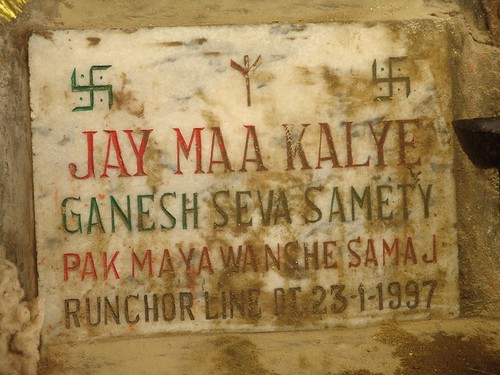
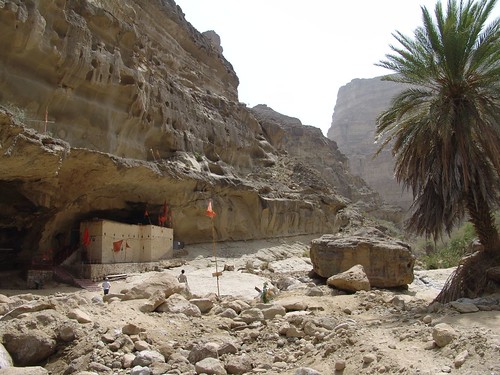
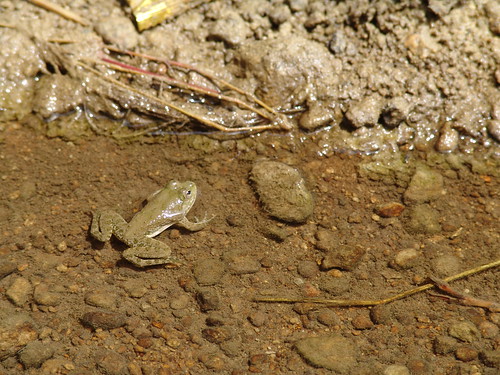
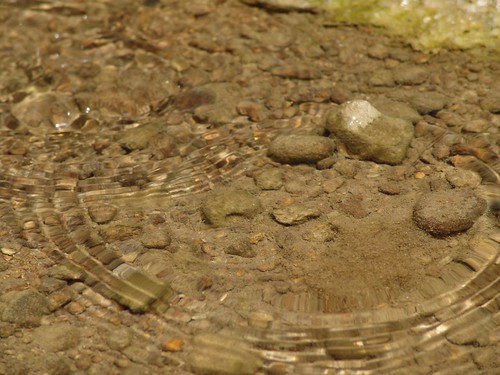
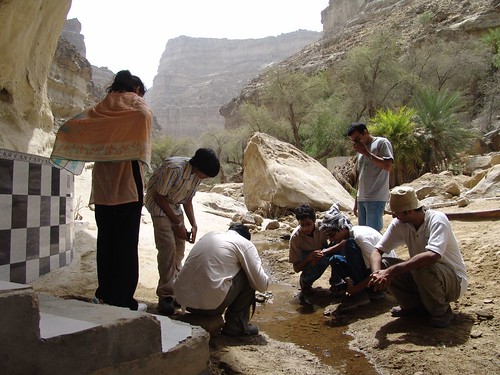
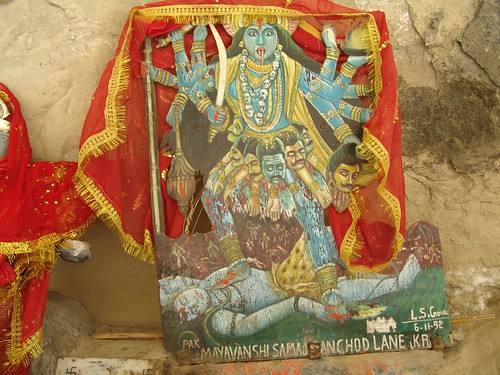
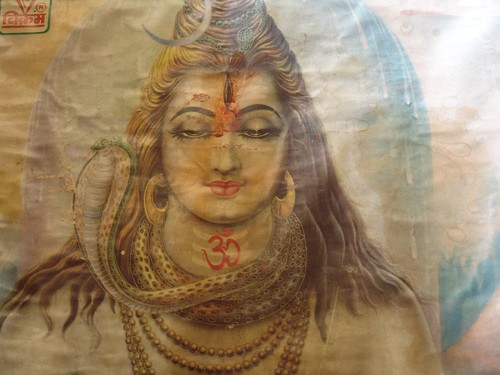
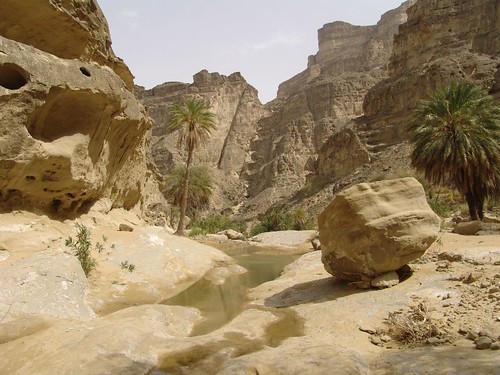
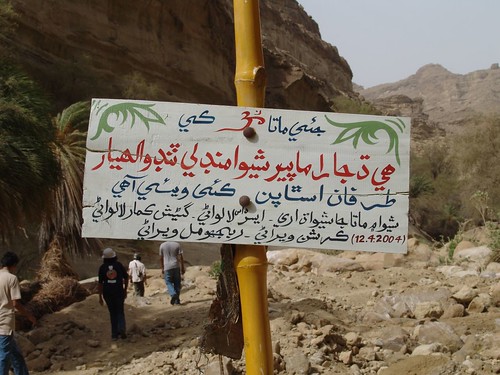
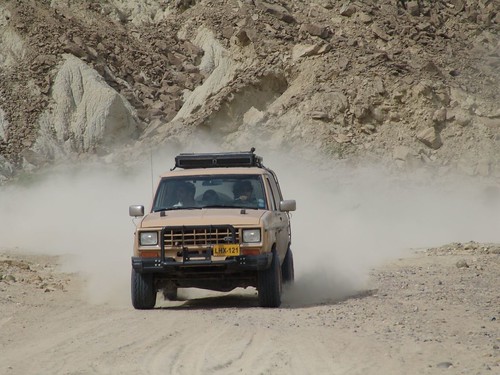
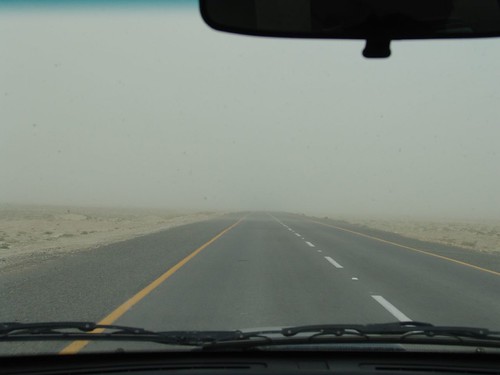
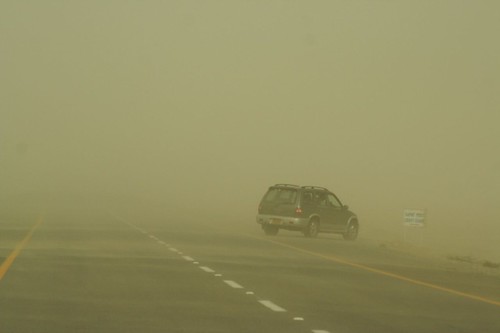
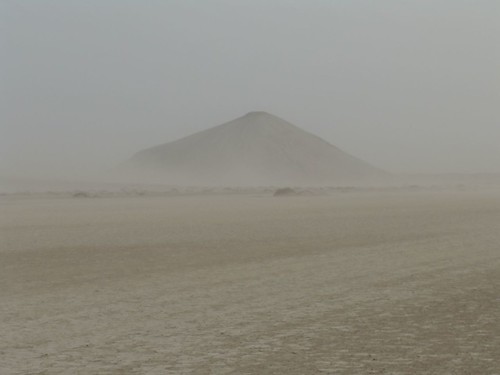
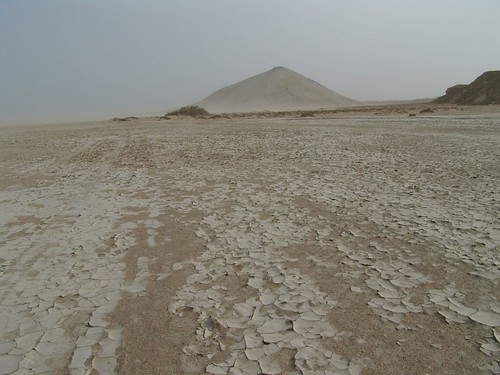
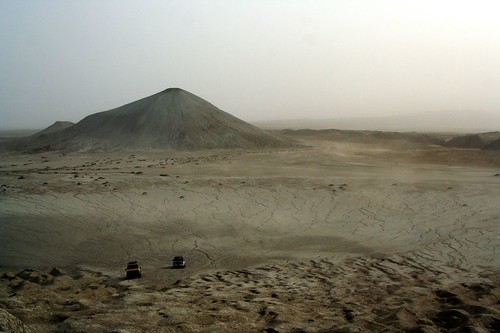
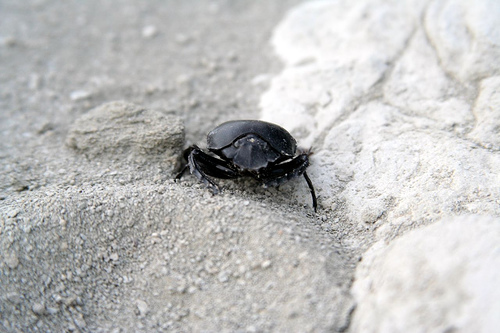
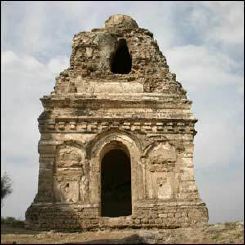 In
October-November 2006, more than 200 Hindu pilgrims (yatrees) came from
outside of Pakistan to visit Katas Raj.
In
October-November 2006, more than 200 Hindu pilgrims (yatrees) came from
outside of Pakistan to visit Katas Raj.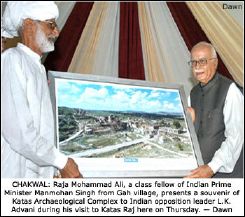 also
visited Katas Raj to inaugurate the conservation work at Satghrah temple
in June this year. The photo to the right is from that occasion.
also
visited Katas Raj to inaugurate the conservation work at Satghrah temple
in June this year. The photo to the right is from that occasion.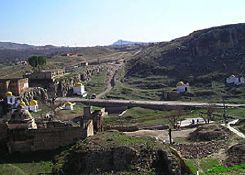
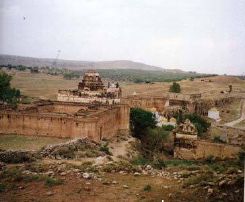

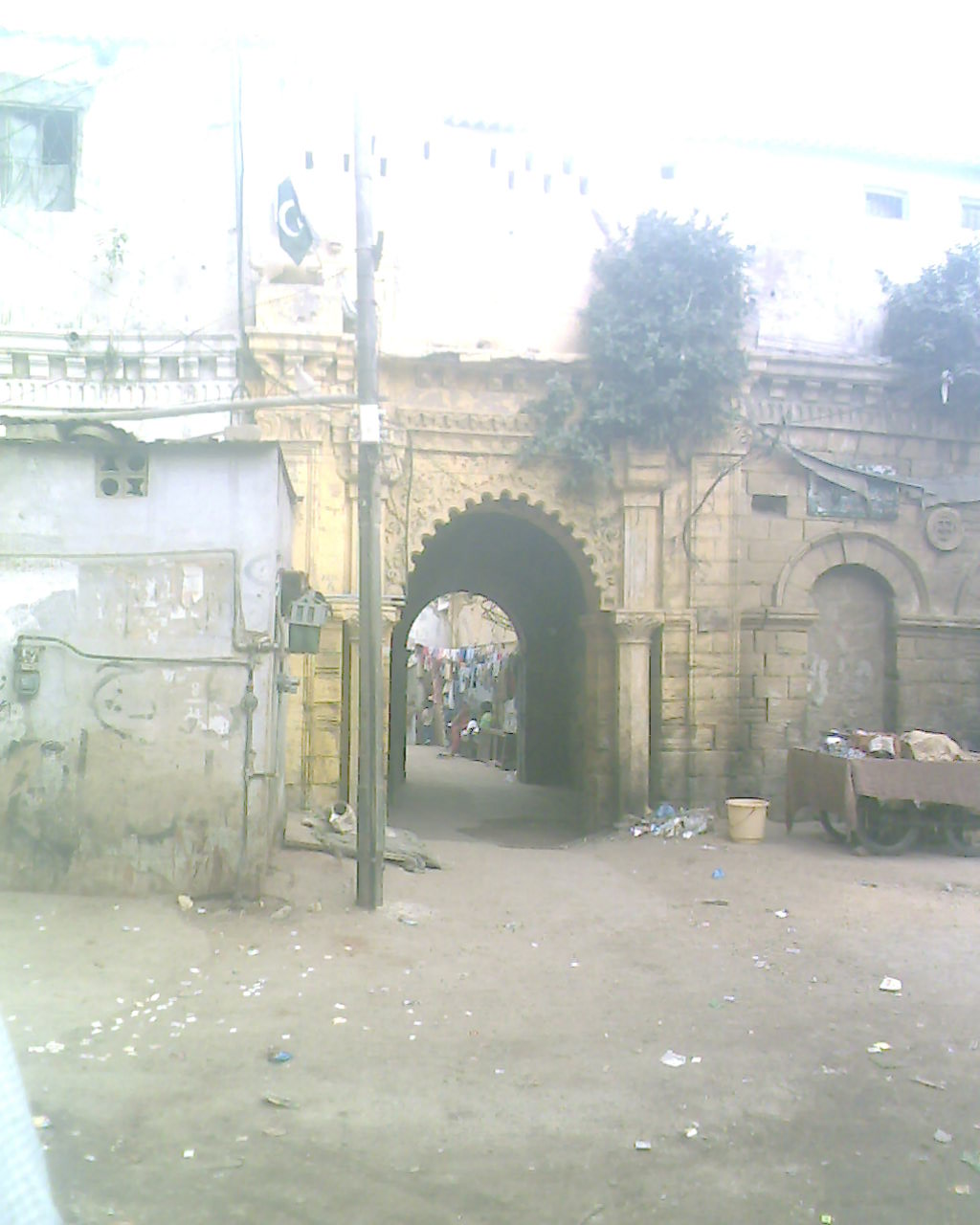
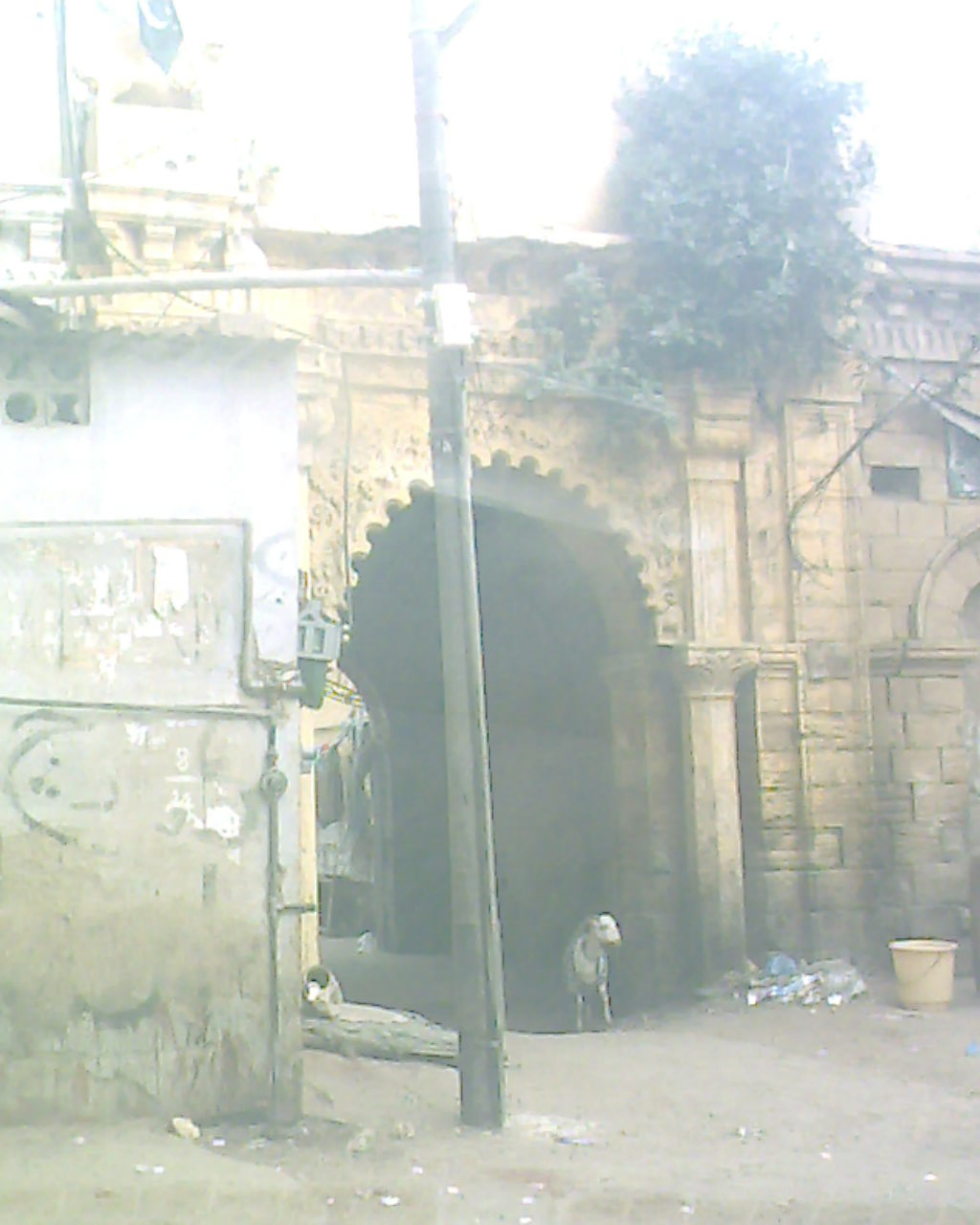
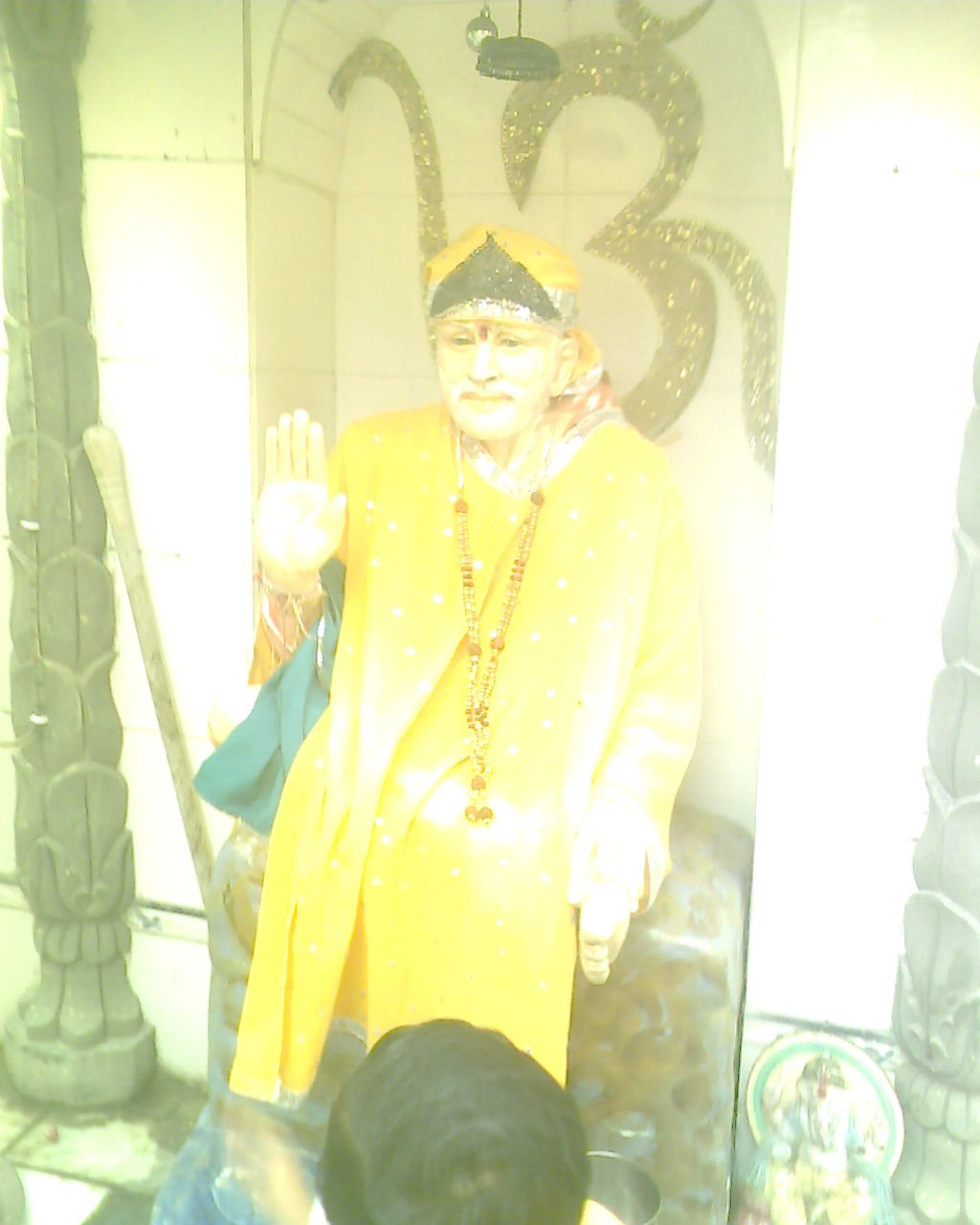
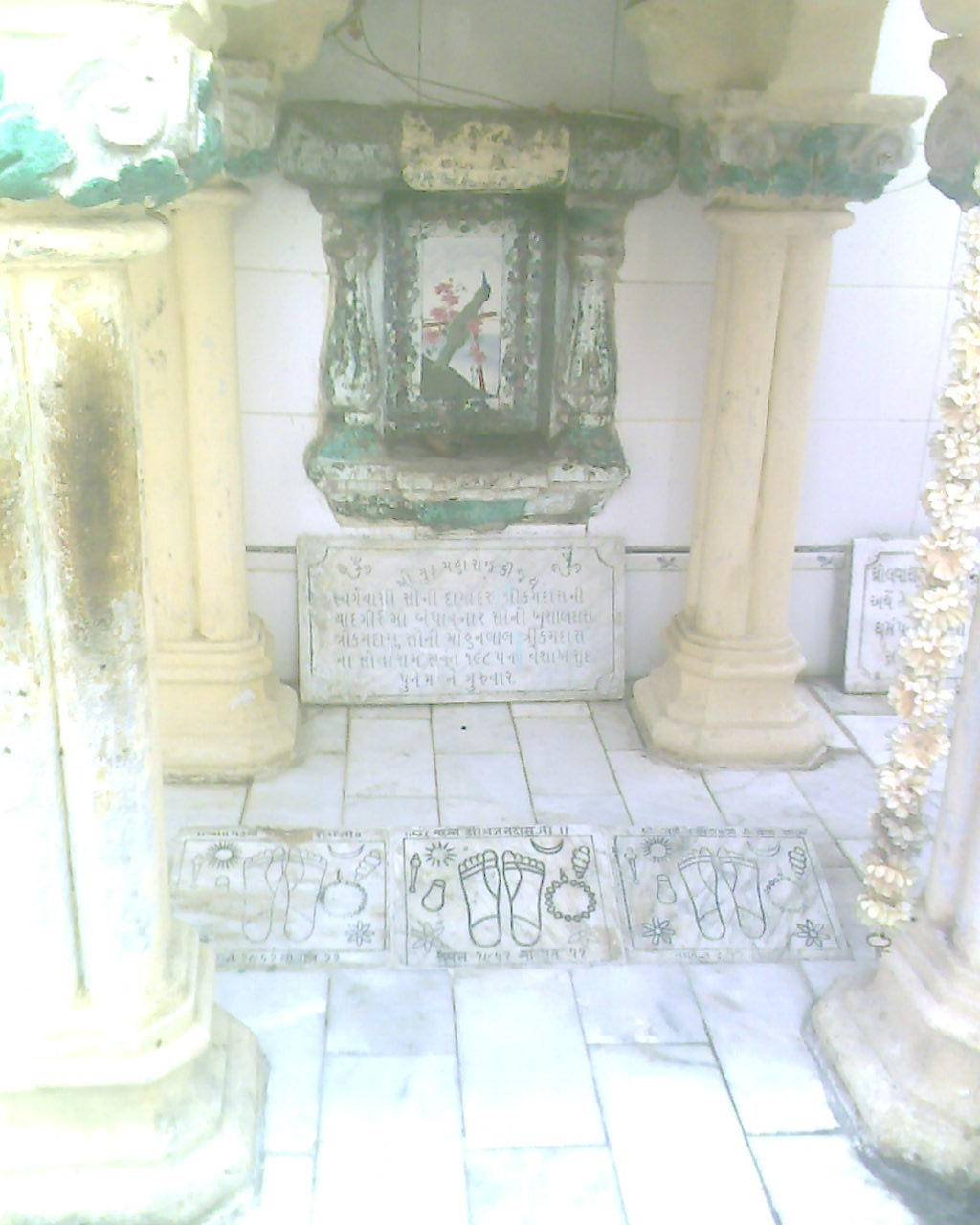
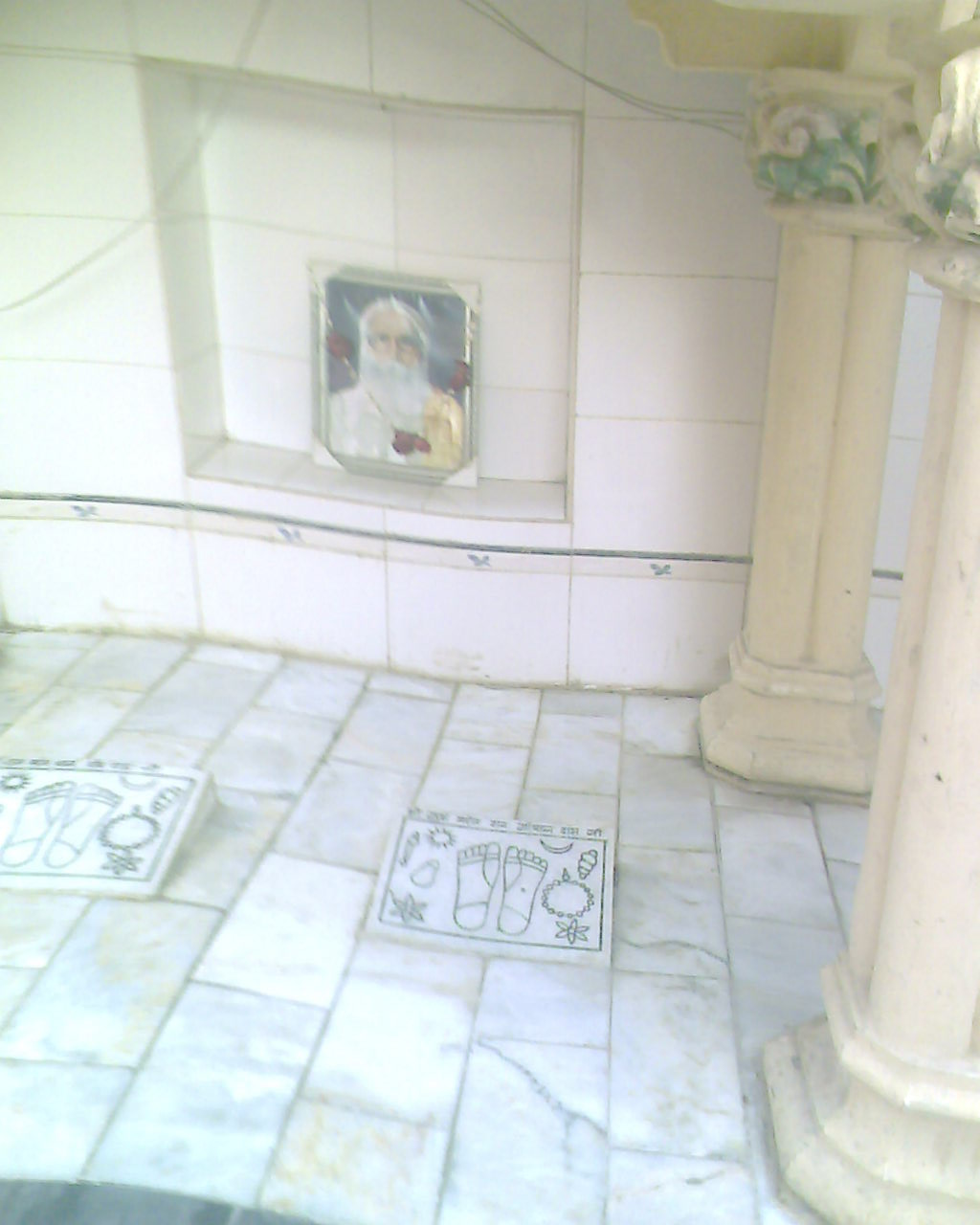
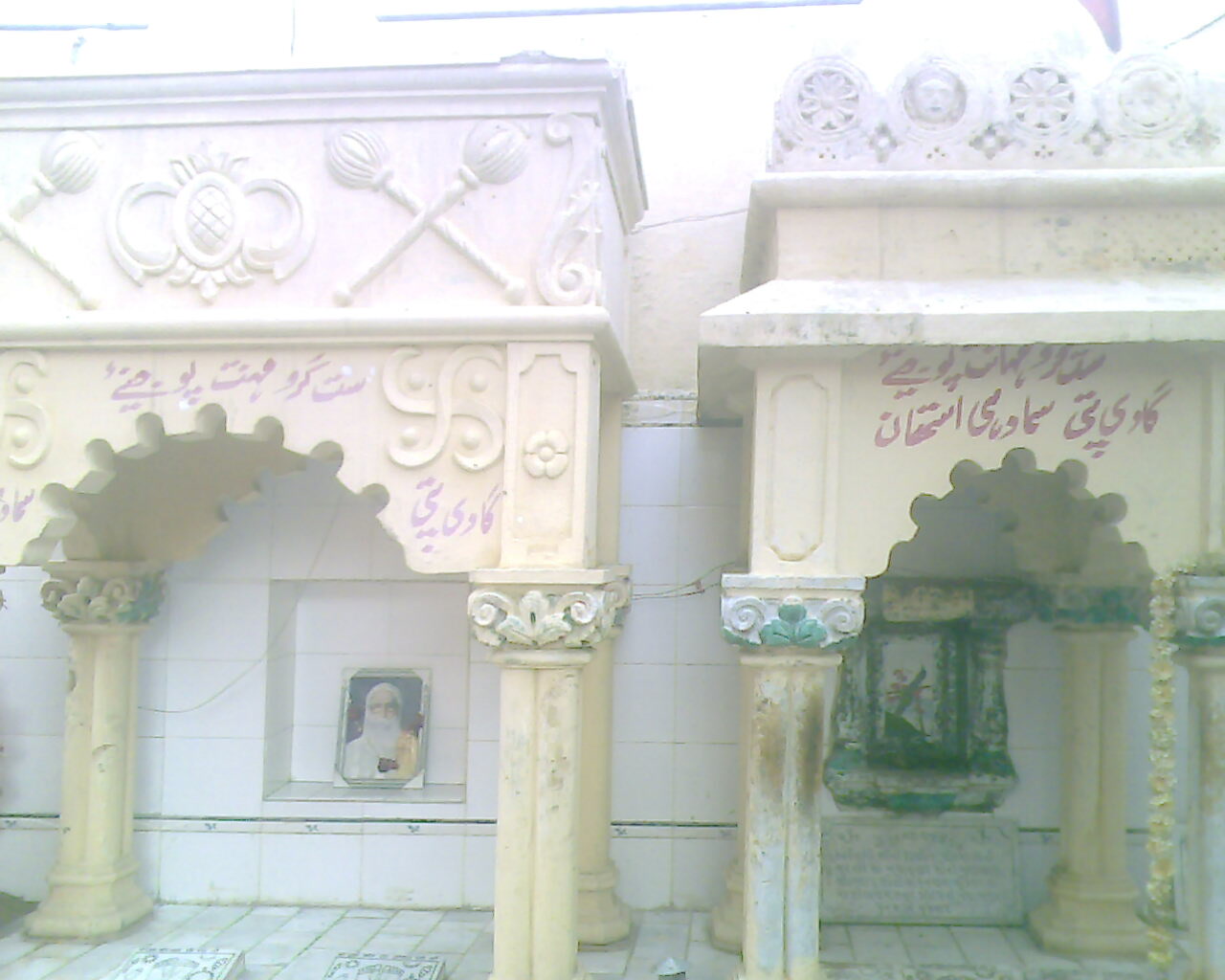
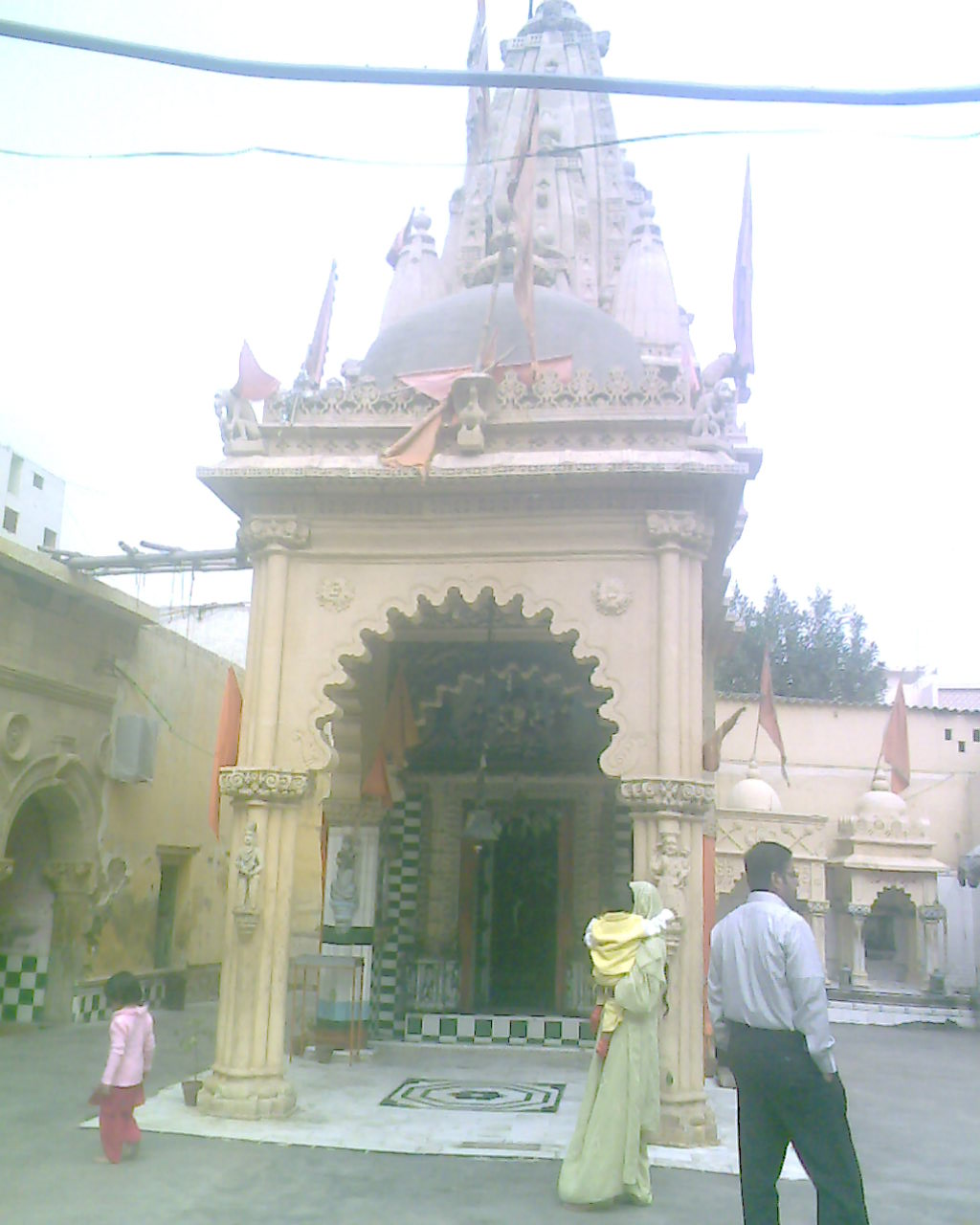
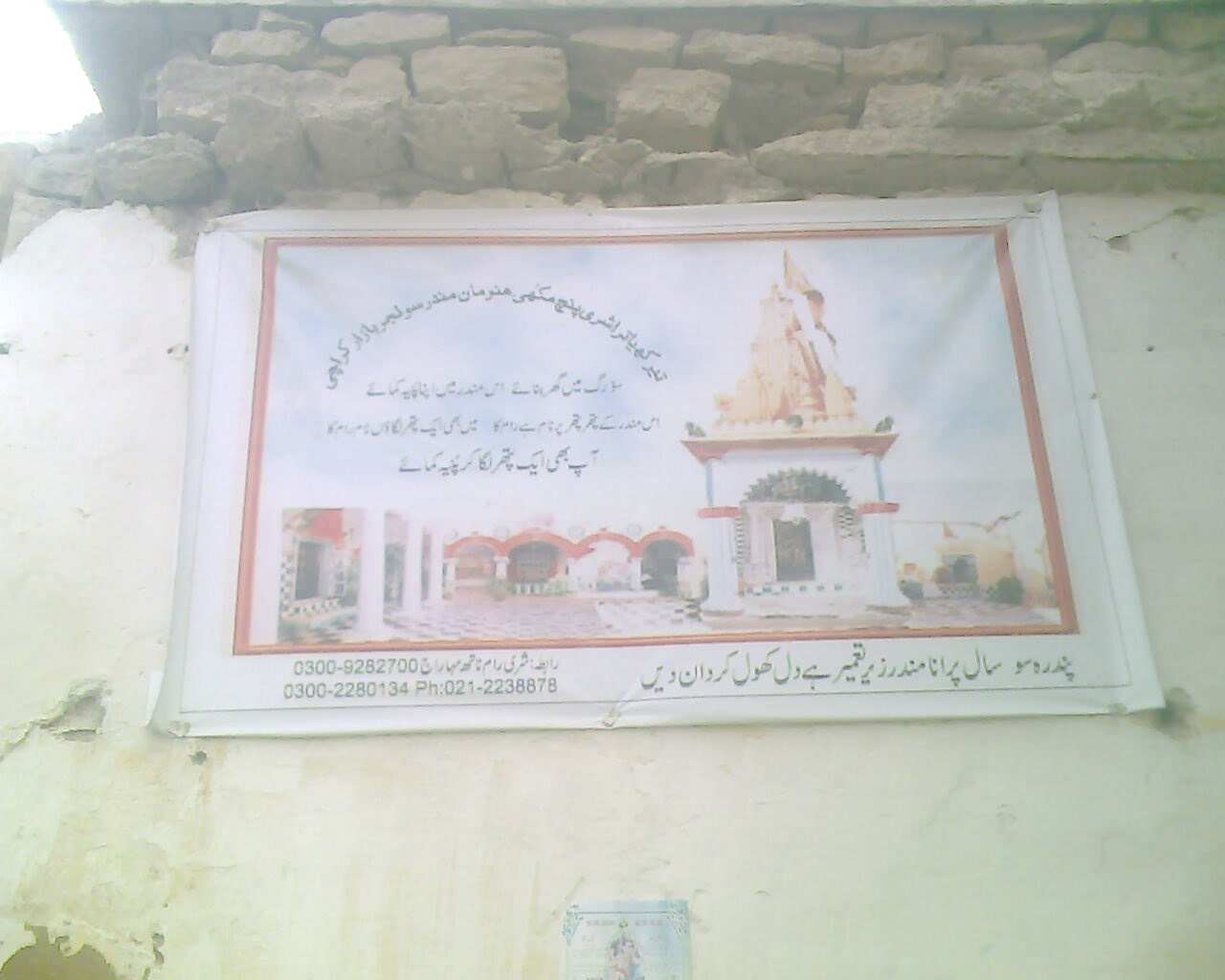
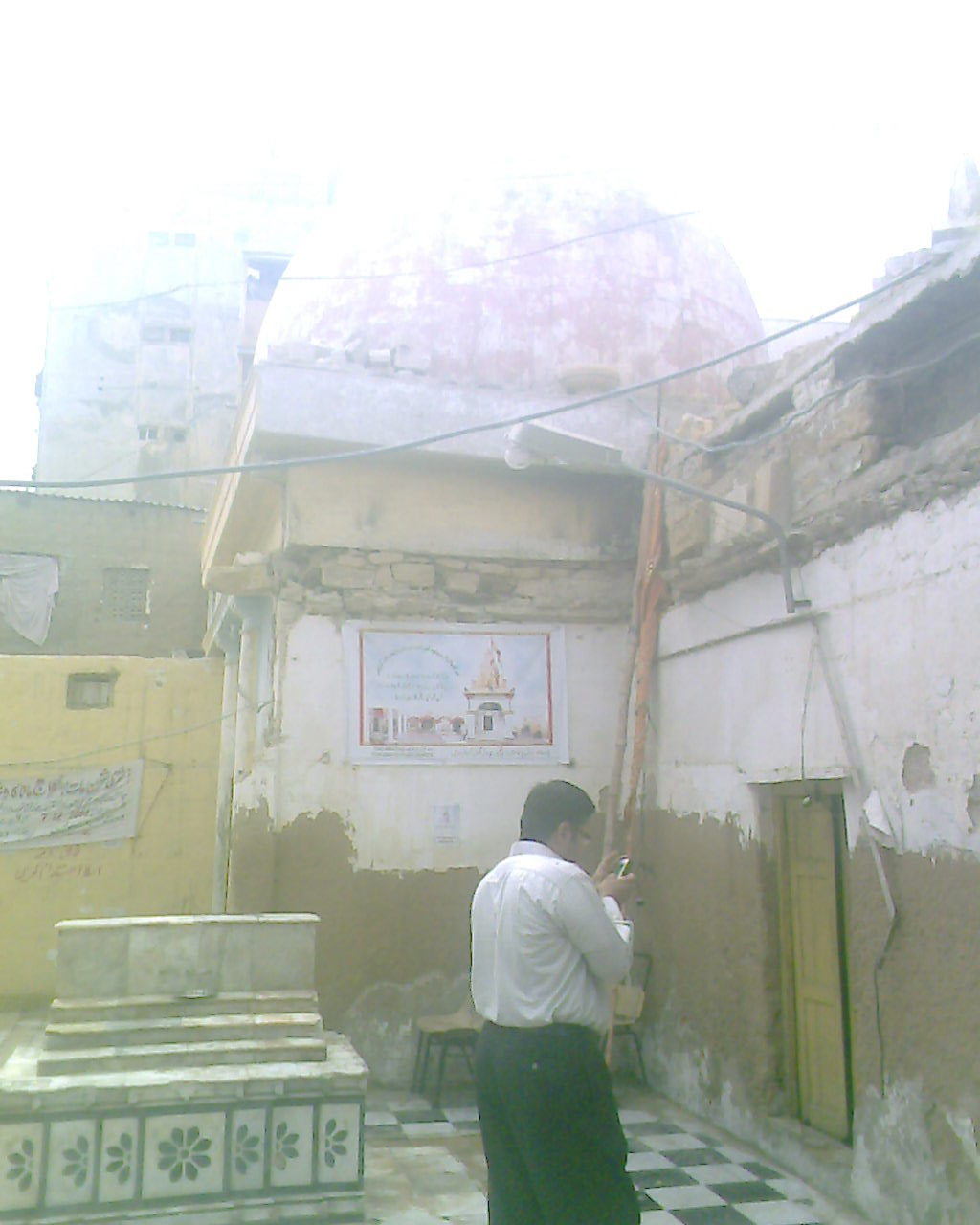
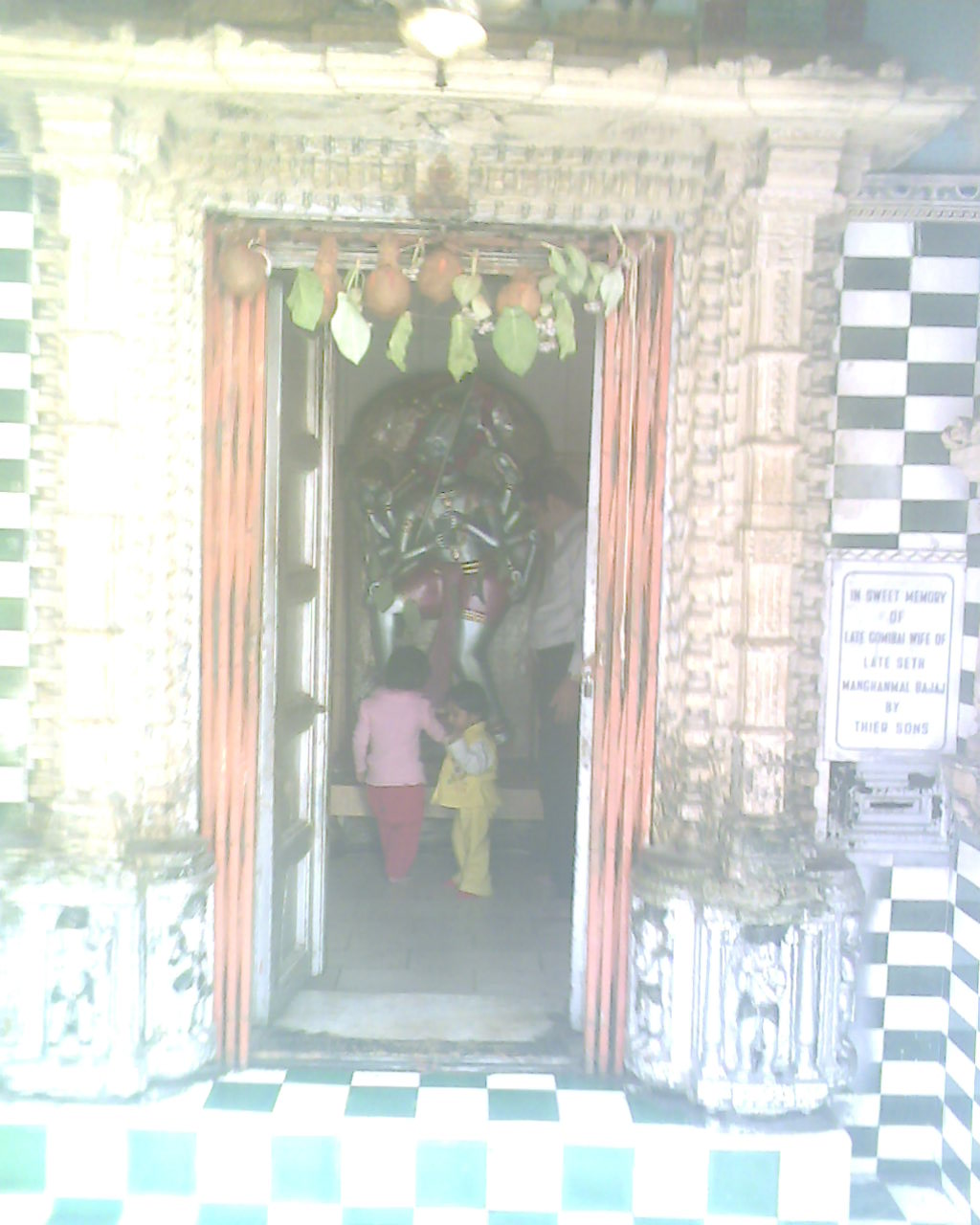
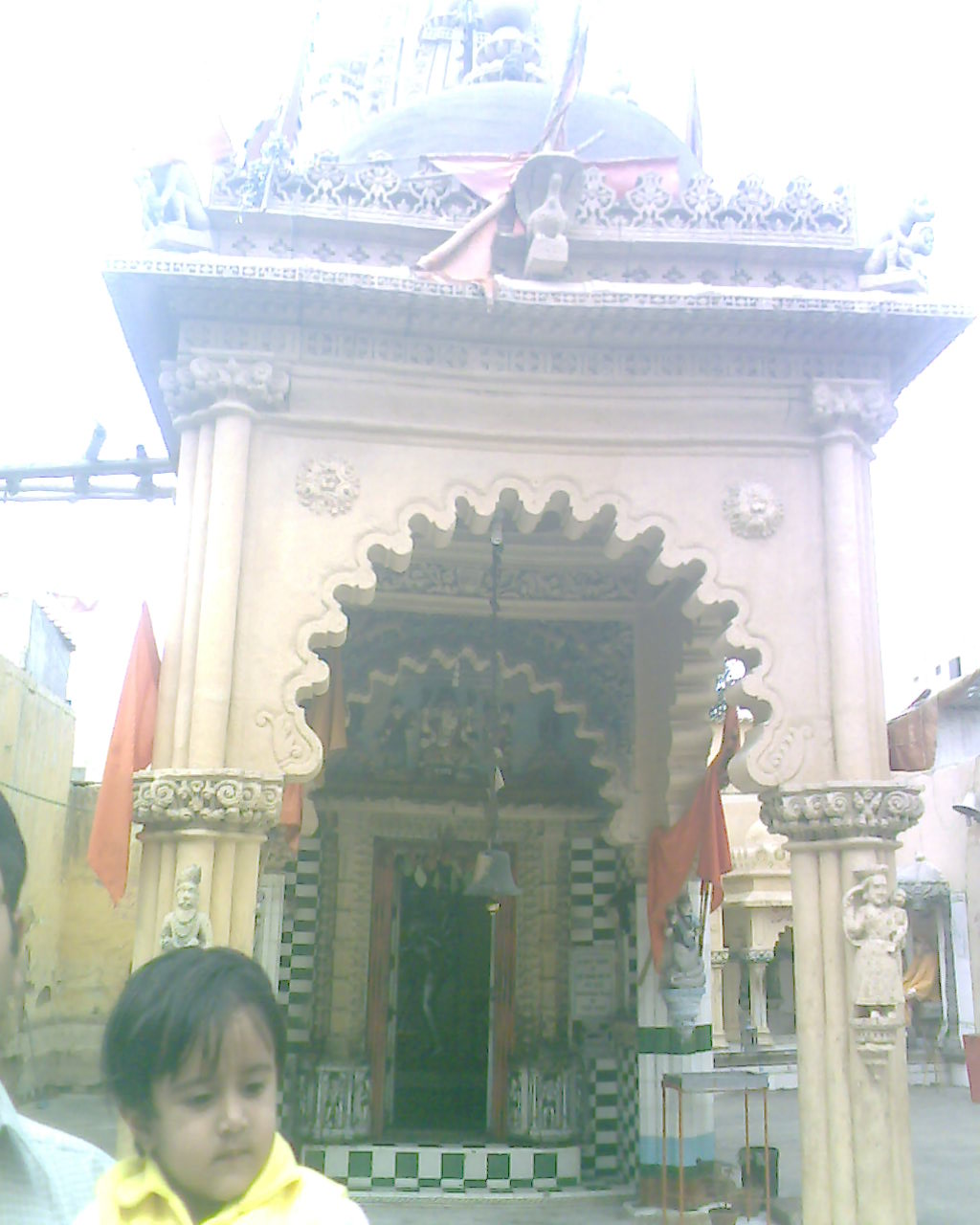
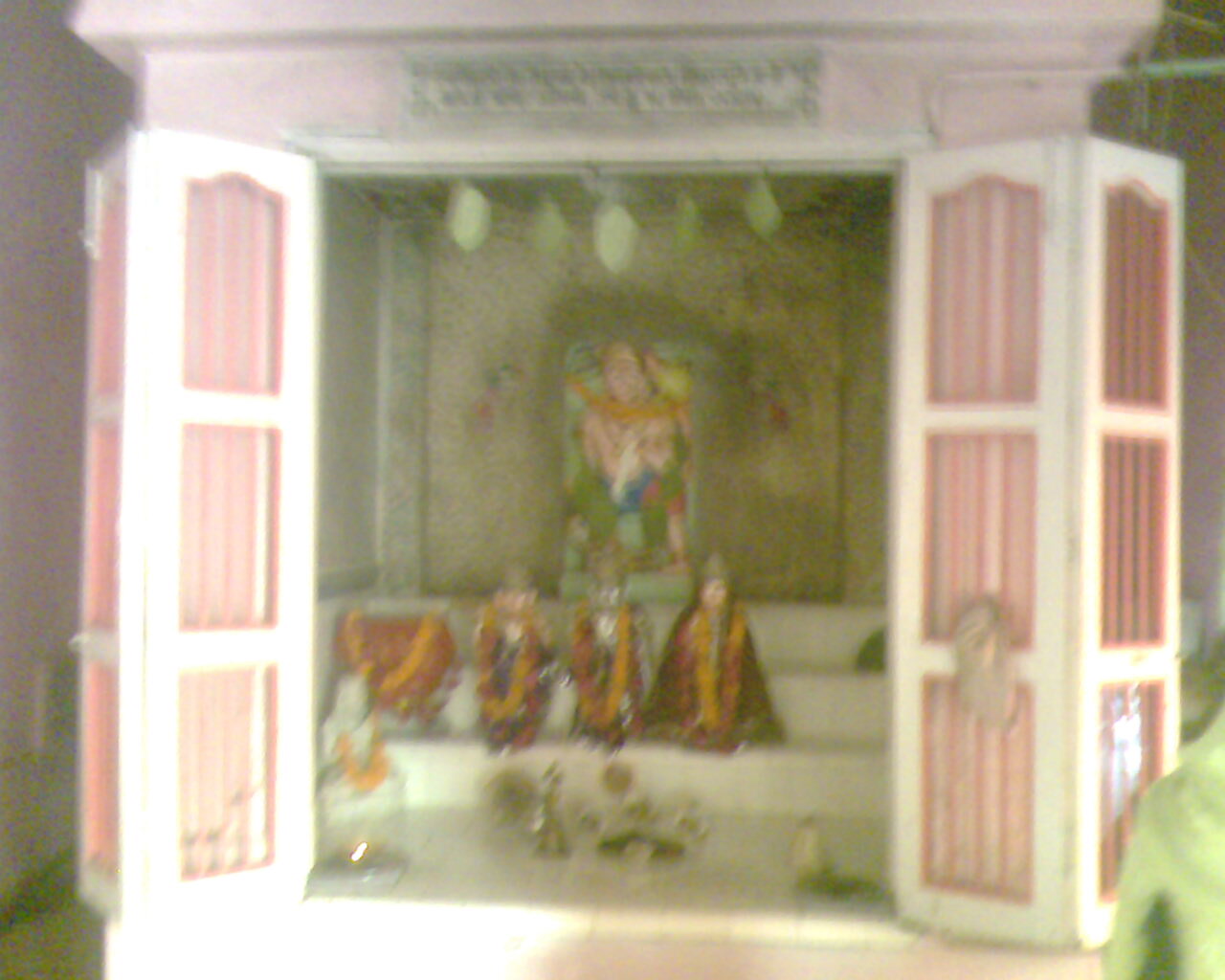
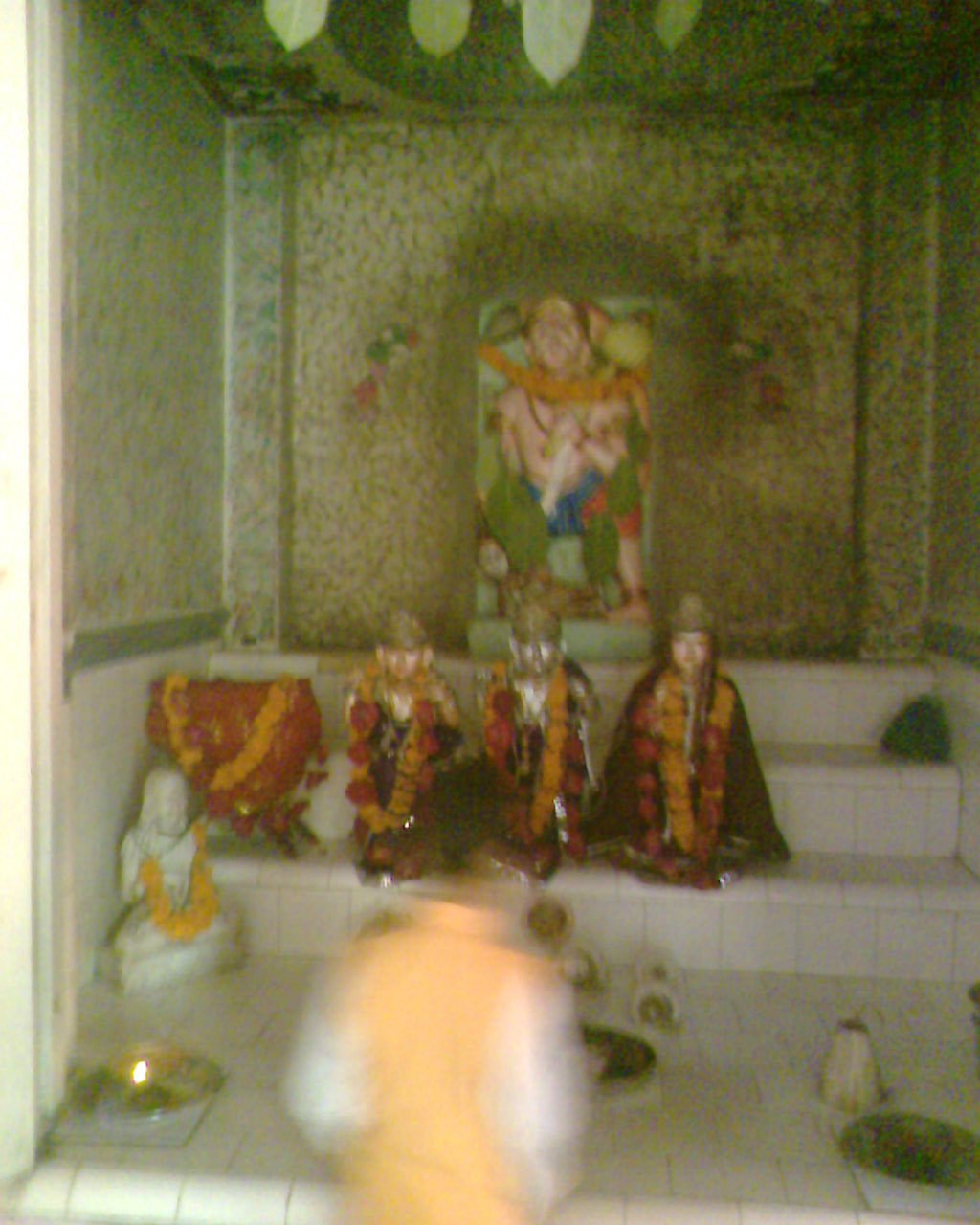
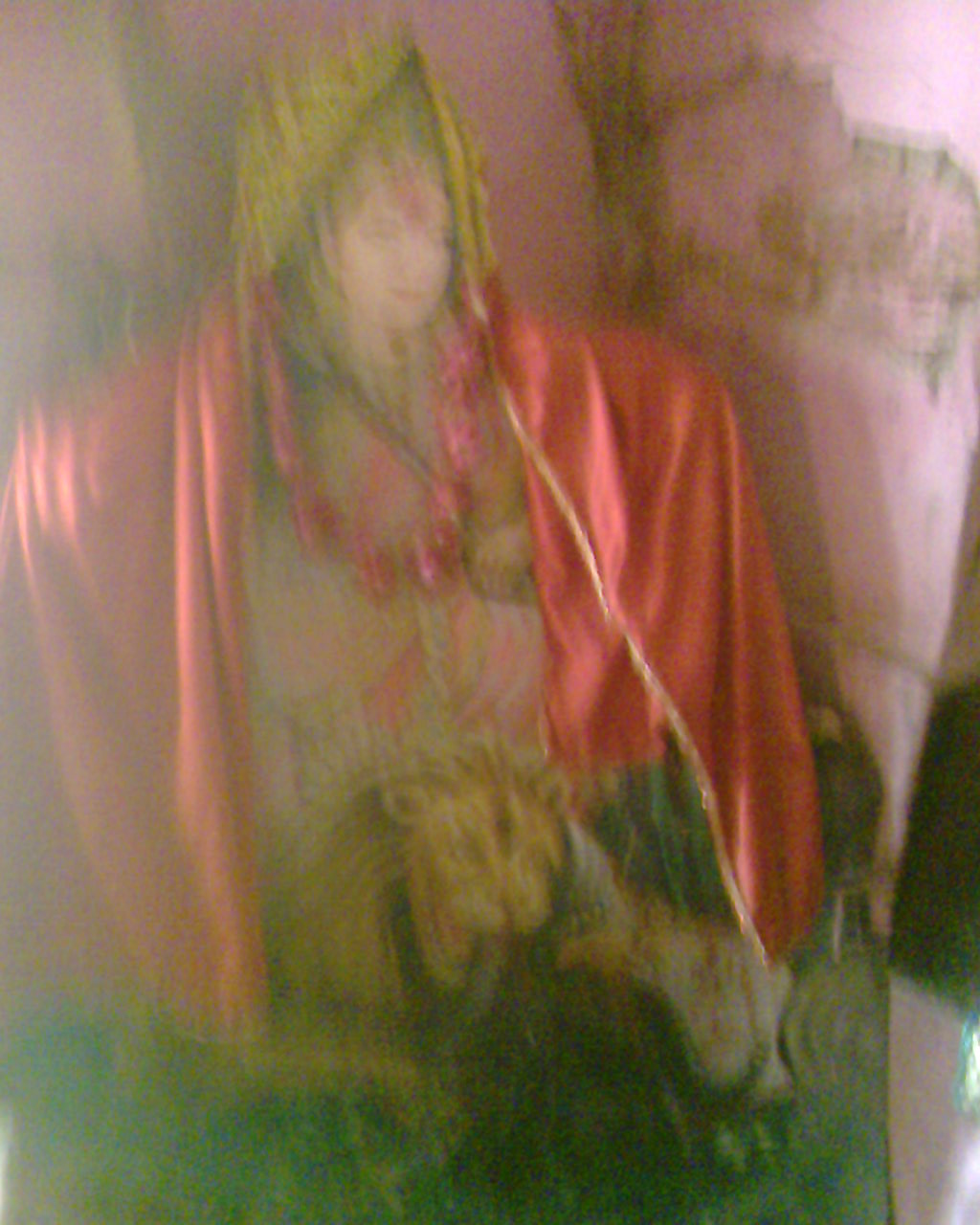
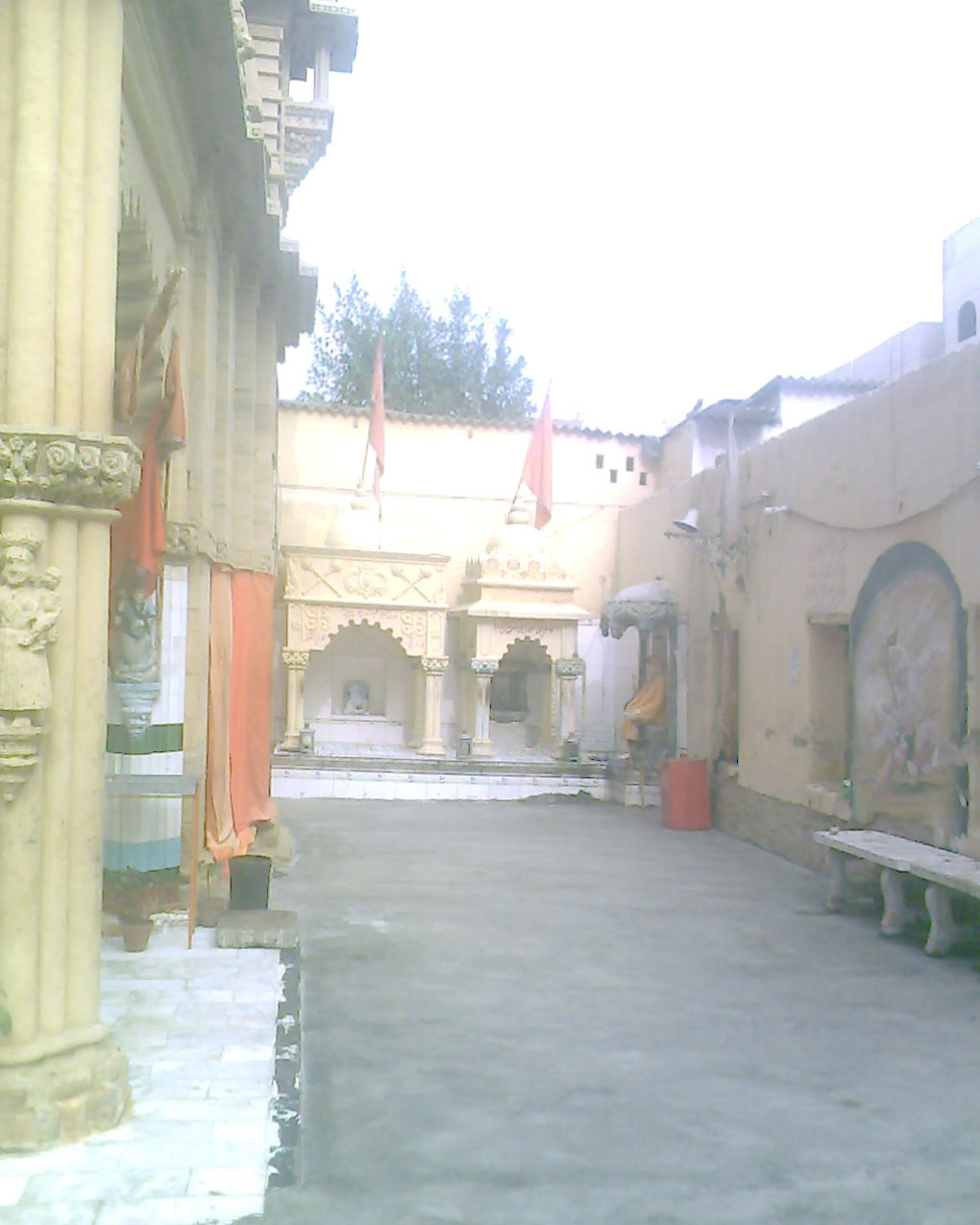
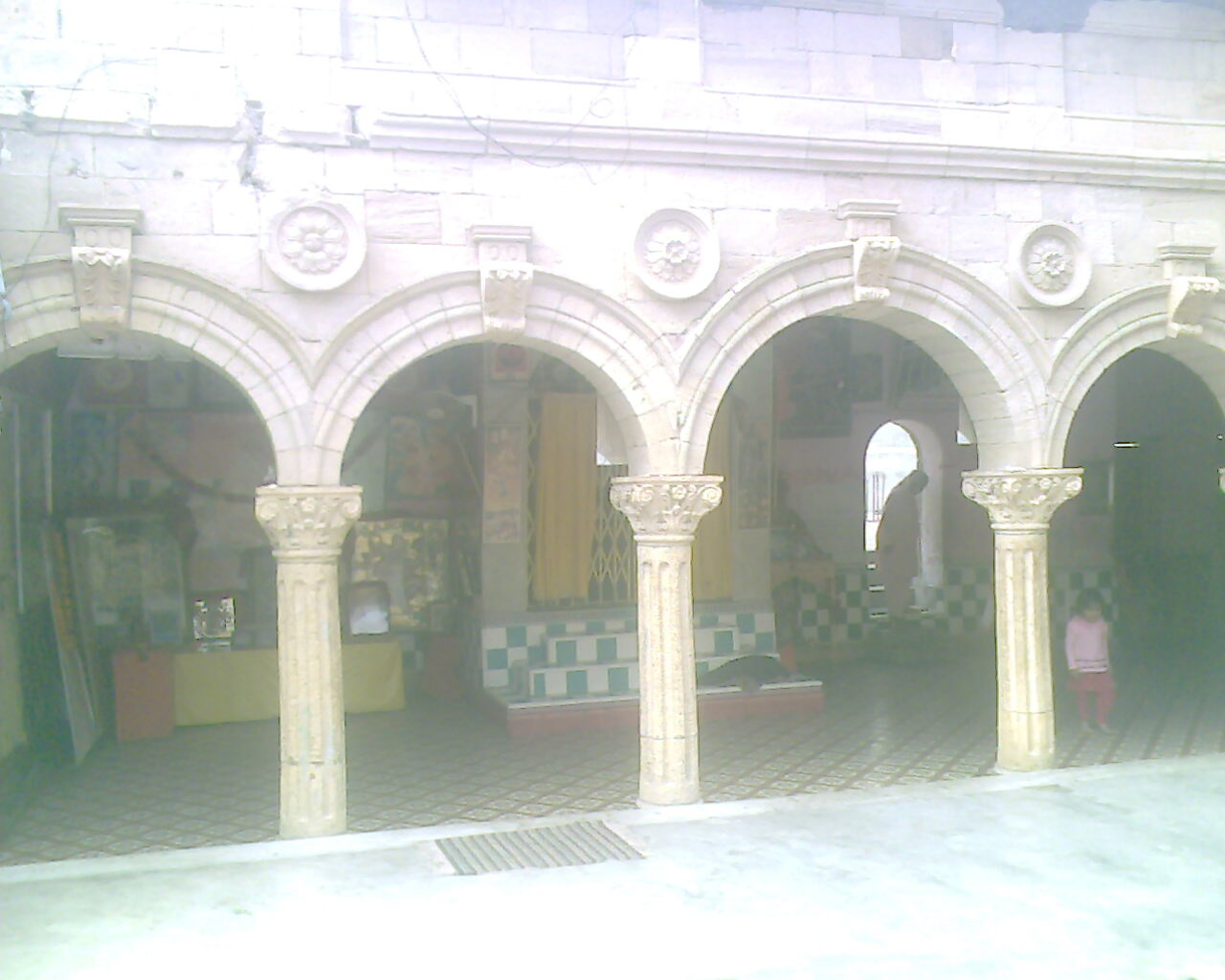
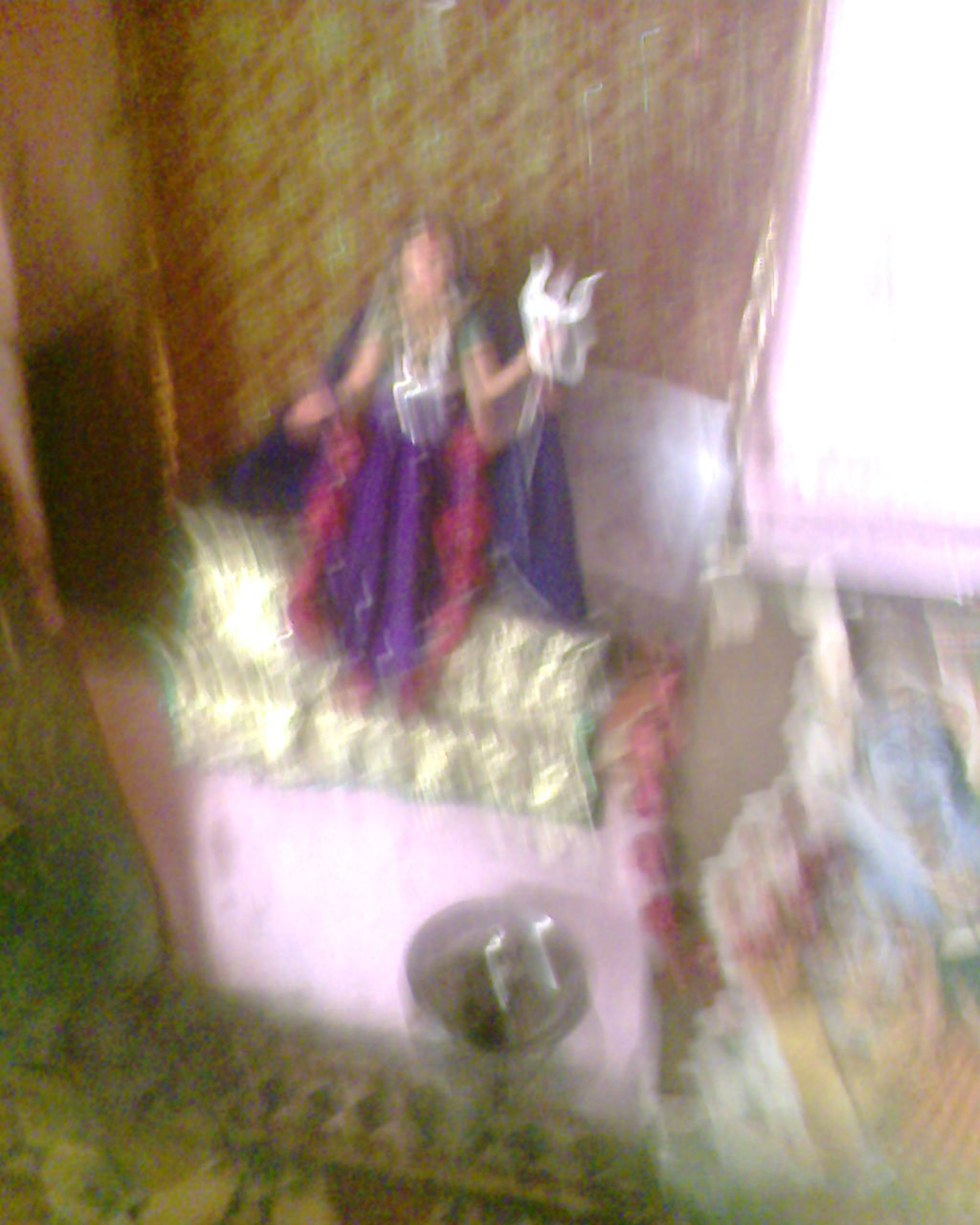

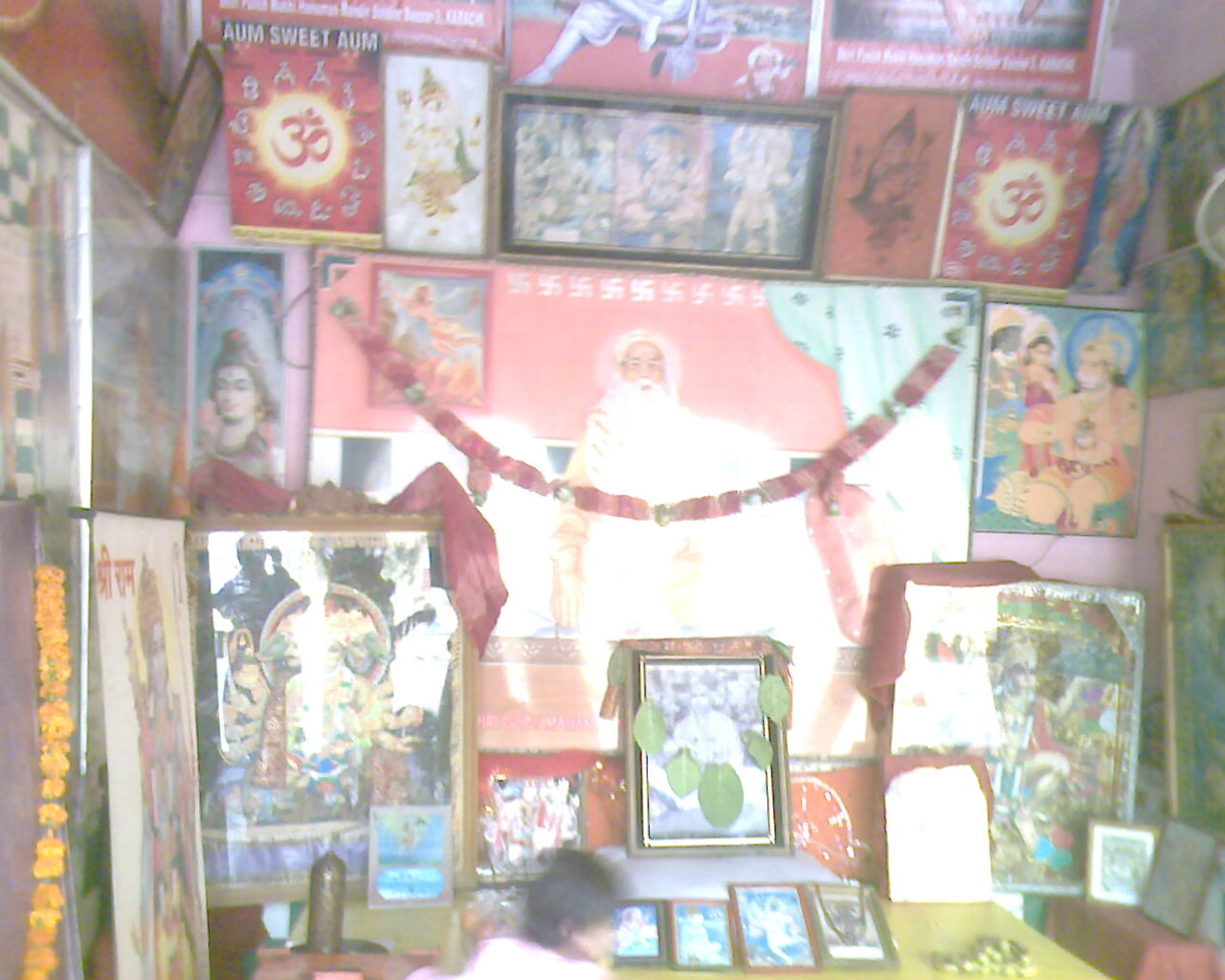
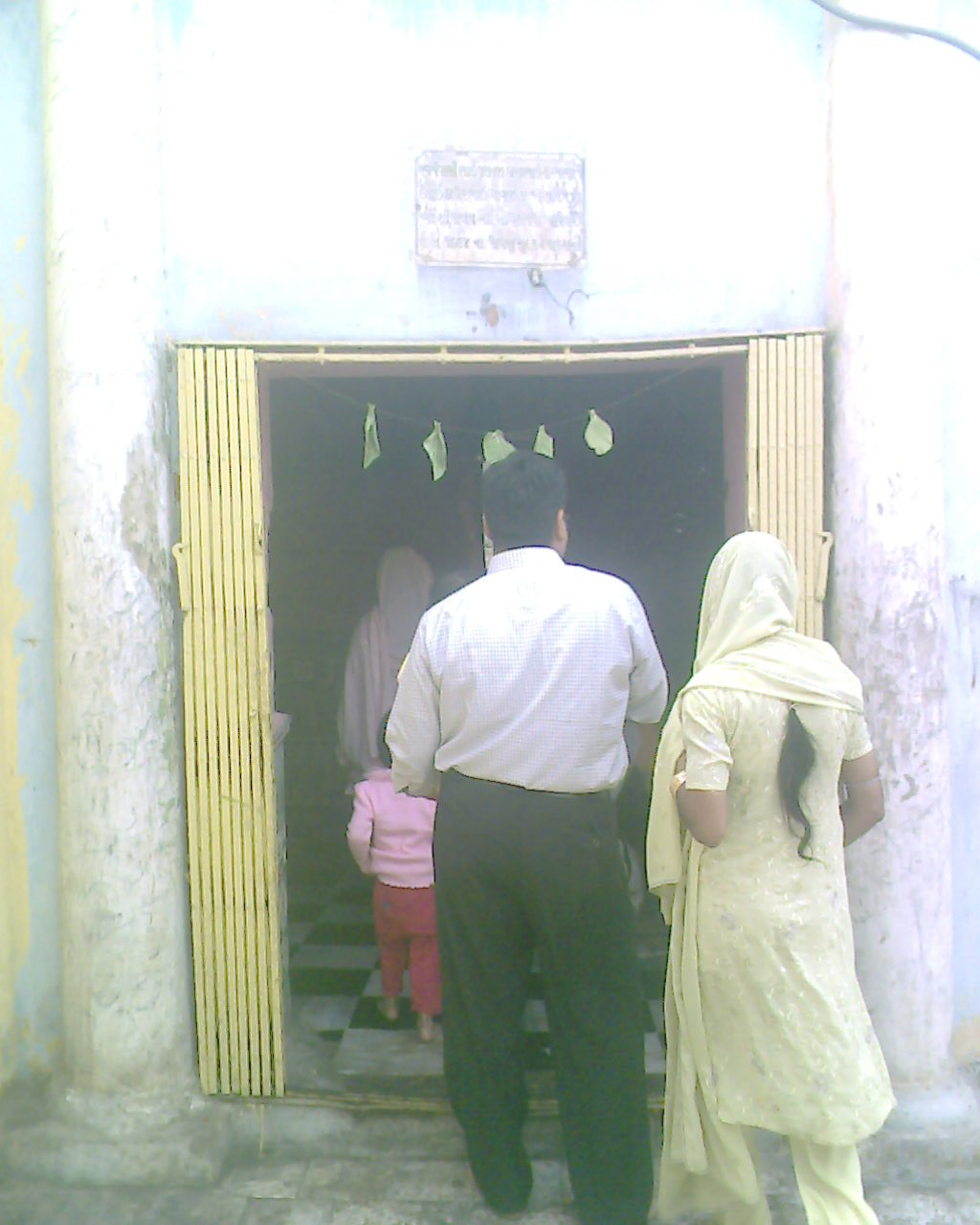
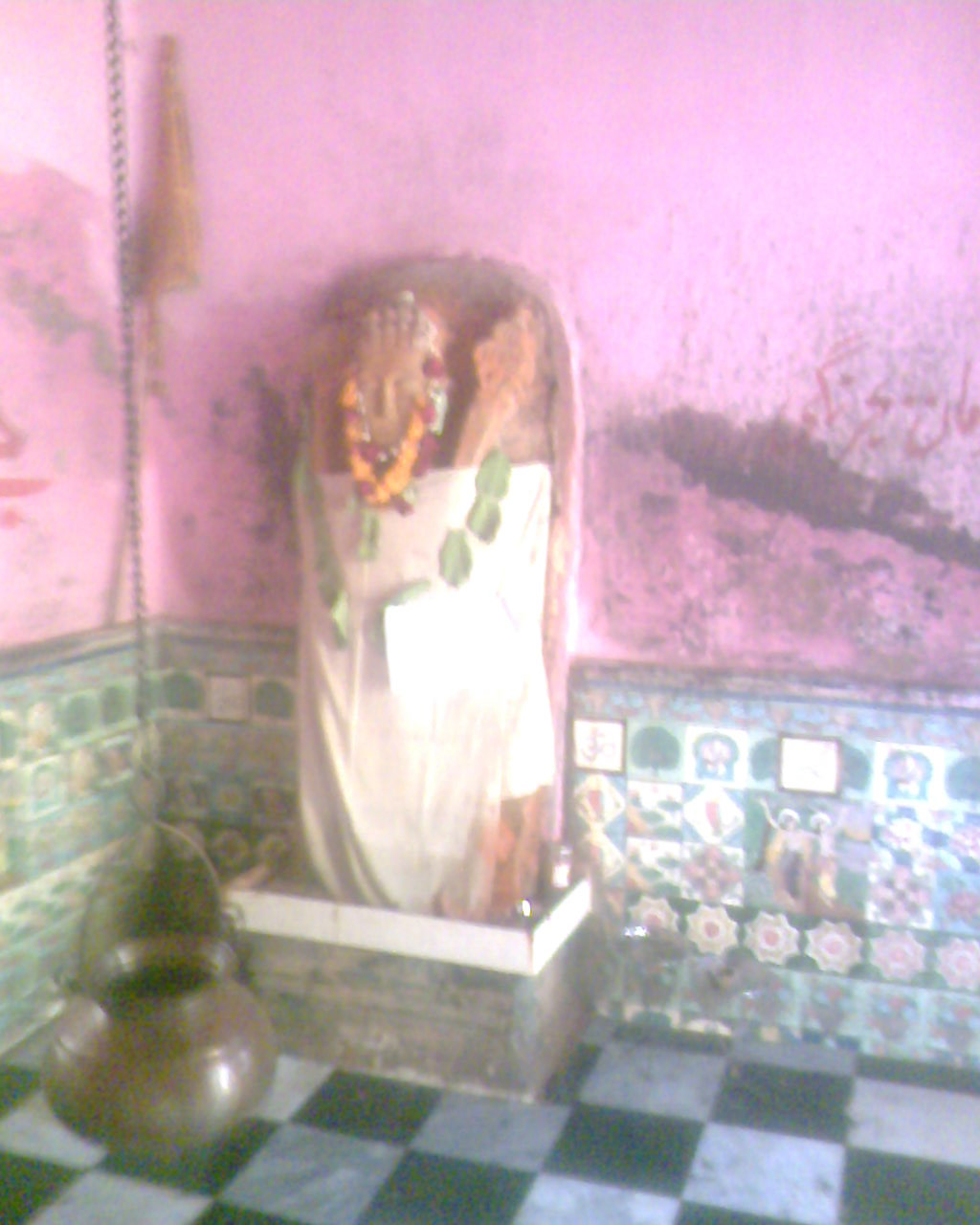
.jpg)
.jpg)
.jpg)
.jpg)
.jpg)
.jpg)
.jpg)
.jpg)
.jpg)
.jpg)
.jpg)
.jpg)
.jpg)
.jpg)
.jpg)
.jpg)
.jpg)
.jpg)
.jpg)
.jpg)
.jpg)
.jpg)
.jpg)
.jpg)
.jpg)
.jpg)
.jpg)
.jpg)
.jpg)
.jpg)
.jpg)
.jpg)
.jpg)
.jpg)
.jpg)
.jpg)
.jpg)
.jpg)
.jpg)
.jpg)
.jpg)
.jpg)
.jpg)
.jpg)
.jpg)
.jpg)